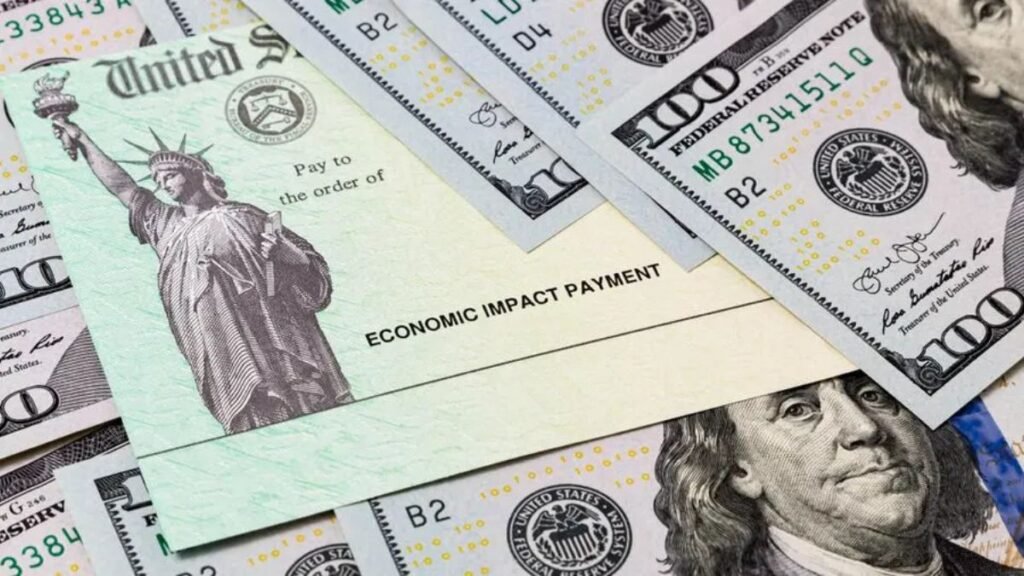The historic period of significant increases in the minimum wage in the United States continues in 2025. Driven by rising inflation, the rising cost of living, and the need for economic security for workers, many states and local areas have decided to increase wages. This article provides an in-depth review of the new wage rates implemented in various US states, their impacts, and the economic and social implications.
Reasons for Raising the Minimum Wage in the United States
The prices of rent, food, transportation, and healthcare in the United States have steadily risen, eroding the financial security of low-income individuals. The federal minimum wage has remained stagnant at $7.25 per hour since 2009, which is not in keeping with today’s economic realities. Meanwhile, many states have adopted automatic inflation indexing, which increases wages annually in line with inflation. This is why the maximum wage is expected to increase in 2025, an effort to improve the living standards of millions of workers.
According to an analysis by expert organizations like the Economic Policy Institute, raising the federal wage to $15 per hour would boost the incomes of millions of workers by approximately $92.5 billion, resulting in an average annual income increase of $2,800. This would provide a boost to those living near the poverty line, allowing them to better feed and educate their families.
State-wise Minimum Wage Rates in 2025

Wage rates will vary across states in 2025. Some states implemented the increase on January 1, while most others scheduled it for November 3.
A brief table:
| State / Region | New Wage Rate (Per Hour) | Effective Date |
|---|---|---|
| California | $17.50 | November 3, 2025 |
| Washington | $17.20 | January 1, 2025 |
| New York (NYC) | $18.00 | November 3, 2025 |
| Illinois | $15.80 | January 1, 2025 |
| Florida | $14.50 | November 3, 2025 |
| New Jersey | $16.00 | January 1, 2025 |
| Massachusetts | $17.00 | January 1, 2025 |
| Colorado | $15.75 | January 1, 2025 |
| Arizona | $15.50 | January 1, 2025 |
| Washington D.C. | $18.50 | July 1, 2025 |
These rates can be further adjusted according to local city or county laws. Specifically, some places have different rates for agricultural, service, or tipped employees.
The Importance of Wage Increases for Workers
Increasing the minimum wage provides workers with greater financial stability. This not only makes it easier to manage monthly expenses but also:
- They can ensure better food, healthcare, education, and housing for their families.
- Their savings capacity increases and indebtedness decreases.
- Reliance on government social assistance decreases, reducing the national economic burden.
Sectors such as service, retail, hospitality, and domestic workers, where the majority of the population directly benefit from this increase, as average wages in these sectors had lagged far behind inflation.
Impact on employers and businesses
Wage increases force businesses to increase their costs. Small businesses, which operate on limited resources, may face the greatest challenges.
Essential Steps for Employers:
- Updating Payroll Systems
- Restructuring Budget Management
- Re-evaluating Staffing Levels
- Increasing Product or Service Prices
- Increasing Investment in Automation and Efficiency Improvements
Although this will increase some expenses, improved pay ensures employee satisfaction, efficiency, and lower turnover, which is beneficial in the long run.
Environmental and Social Dimensions with Wage Increases in 2025
Wage increases are not only an economic improvement but also a crucial step towards social justice, economic equality, and poverty alleviation. When people have stable and adequate incomes, they can access better health, education, and a comfortable level of social security.
In many developed countries, including the United States, wage increases are considered a way to balance economic growth and social stability. This increases consumption, which also benefits the economy.
January vs. November: Reasons Behind Wage Hike Dates
Most states have chosen November 3, 2025, as the effective date for wage increases to coincide with fiscal year updates and allow businesses adequate preparation. Meanwhile, several states have implemented new wage rates on January 1, establishing a new wage environment from the beginning of the year.
Future Direction and Prospects
New initiatives such as the Raise the Wage Act are underway in the US Congress, which plans to raise the federal minimum wage to $17 by 2030. Its aim is to improve wage standards nationwide and create equal opportunities for all workers.
At the same time, the challenge remains of ensuring that improved wage regulations preserve employment opportunities while enhancing workers’ dignity and families’ quality of life. Therefore, it is essential for employers, policymakers, and labor organizations to work together to find solutions.
Conclusion
A minimum wage increase in the US in 2025 is the foundation for not only an economic but also a social revolution. This increase demonstrates that the United States believes that every worker deserves a wage adequate to lead a dignified life. While the increased wages will present challenges for businesses, this change is a necessary step toward equitable employment opportunities and economic equality.
It is essential to monitor labor laws and local regulations so that workers know their rights and employers can ensure proper compliance. This initiative by the United States is expected to lead to more balanced, prosperous, and sustainable worker-employer relations in the years to come.
FAQs
Q. When will the 2025 minimum wage increases take effect?
A. Most states implement new rates on November 3, 2025, though some states have earlier dates like January 1 or July 1.
Q. Will the federal minimum wage increase in 2025?
A. As of now, the federal minimum wage remains $7.25 per hour with no confirmed increase for 2025.
Q. Which states have the highest minimum wages in 2025?
A. Washington D.C. leads at $18.50/hr, followed by New York City at $18.00/hr, and California at $17.50/hr.
Q. How will the wage increase impact workers?
A. It provides higher take-home pay, better ability to afford living costs, and improves financial stability for low-wage workers.
Q. How might businesses respond to the higher wage costs?
A. Businesses may raise prices, adjust staffing, invest in automation, and improve payroll systems to manage increased labor expenses.


